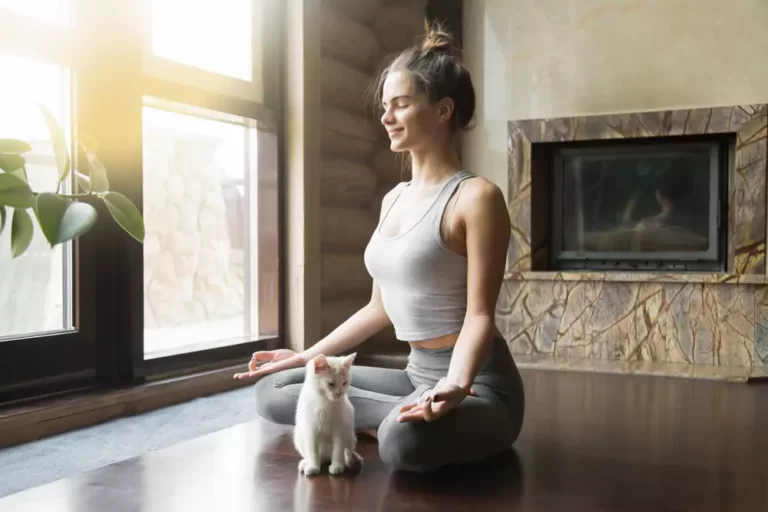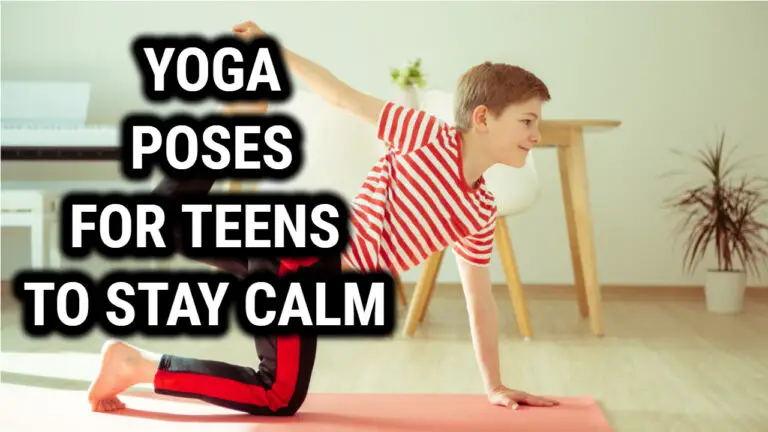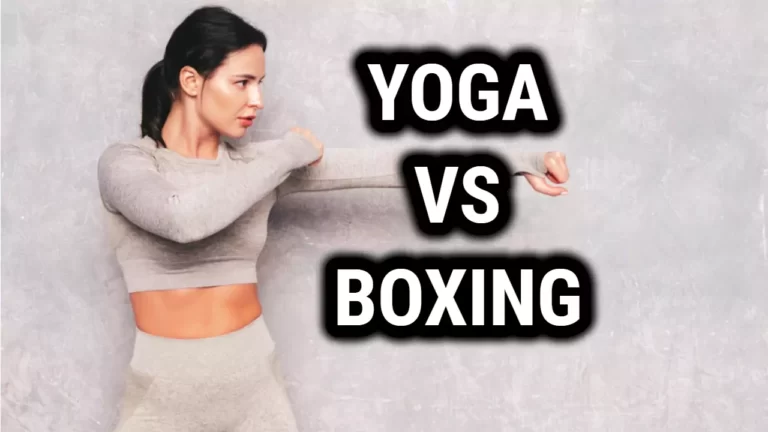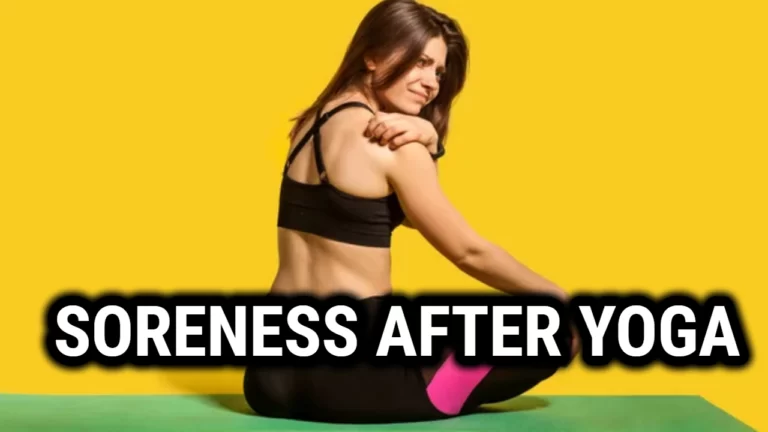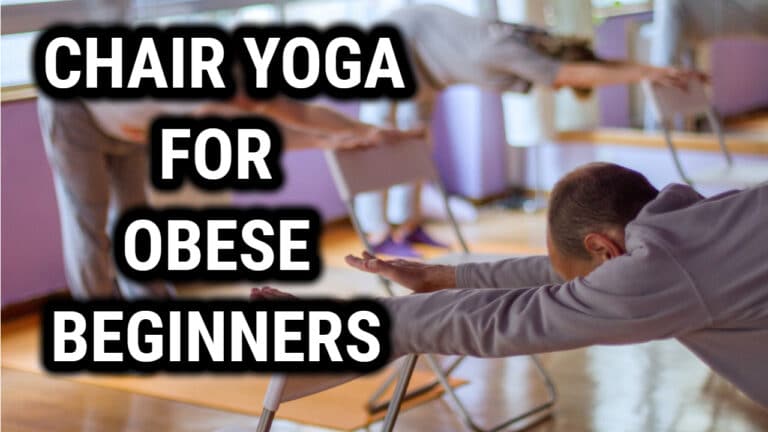Sitting Yoga Poses: Perfect for All Ages and Skill Levels

If you’re someone who spends a lot of time sitting, whether it be for work or leisure, you’re likely familiar with the discomfort that can come with prolonged sitting. Sitting for extended periods can lead to tight hips, a sore back, and even poor posture. That’s where yoga comes in. Yoga offers a variety of poses that can help alleviate the discomfort associated with sitting and improve overall mobility and flexibility.
Seated yoga poses are perfect for all ages and levels of experience. They can be done anywhere and require minimal equipment, making them an accessible form of exercise for those with busy schedules or limited resources. Whether you’re a beginner or an experienced yogi, seated poses can be modified to fit your needs and abilities.
In this article, we’ll explore some of the best sitting yoga poses to help counteract the effects of prolonged sitting. From easy poses like Sukhasana to more challenging poses like Bharadvajasana I, we’ll cover a range of poses that can help improve posture, increase mobility, and reduce discomfort associated with sitting for long periods.
Benefits of Sitting Yoga Poses
Sitting yoga poses are perfect for people of any age and level. They provide a wide range of benefits, including:
- Improved flexibility: Sitting yoga poses help stretch the muscles in the legs, hips, and back, which can improve flexibility and mobility.
- Better posture: Many sitting yoga poses require you to sit up straight, which can help improve your posture over time.
- Reduced stress: Practicing yoga has been shown to reduce stress levels and improve overall well-being.
- Increased strength: Holding sitting yoga poses for an extended period of time can help strengthen the muscles in your legs, hips, and core.
- Improved balance: Some sitting yoga poses require you to balance on one leg, which can help improve your overall balance and stability.
Additionally, sitting yoga poses can be modified to fit your individual needs and abilities. For example, if you have trouble sitting on the floor, you can use a block or blanket to elevate your hips and make the pose more comfortable.
Overall, incorporating sitting yoga poses into your regular yoga practice can provide a wide range of benefits for both your physical and mental health.
Sitting Yoga Poses for Beginners
If you’re new to yoga or simply looking for a gentler practice, seated yoga poses are a great place to start. These poses can help stretch your body, improve your posture, and relieve stress. Here are a few beginner-friendly poses to try:
| Poses | Description |
|---|---|
| Sukhasana (Easy Pose) | Sit cross-legged with your hands resting on your knees. Keep your spine straight and your shoulders relaxed. This pose is great for improving posture and calming the mind. |
| Baddha Konasana (Bound Angle Pose) | Sit with the soles of your feet together and your knees bent. Hold onto your feet and gently press your knees towards the ground. This pose can help stretch your hips and inner thighs. |
| Marjaryasana-Bitilasana (Cat-Cow Pose) | Start on your hands and knees with your wrists under your shoulders and your knees under your hips. Inhale and arch your back, lifting your tailbone and head towards the ceiling (Cow Pose). Exhale and round your spine, tucking your chin to your chest and bringing your tailbone towards your knees (Cat Pose). This pose can help stretch your spine and improve flexibility. |
Remember to listen to your body and only go as far as feels comfortable. If you have any injuries or medical conditions, be sure to check with your doctor before starting a new yoga practice.
Sitting Yoga Poses for Seniors
Seniors who want to practice yoga can benefit from seated yoga poses. These poses are gentle and can be modified to accommodate any level of mobility. Here are some of the best sitting yoga poses for seniors:
- Seated Mountain Pose: Sit in a chair with your feet flat on the ground and your hands resting on your thighs. Lengthen your spine and take deep breaths in and out.
- Seated Forward Fold: Sit with your legs extended in front of you and your feet flexed. Reach forward and place your hands on your shins, ankles, or feet. Take deep breaths and relax your neck and shoulders.
- Seated Twist: Sit with your feet flat on the ground and your hands on your thighs. Inhale and lengthen your spine, then exhale and twist to the right. Place your left hand on the outside of your right thigh and your right hand on the back of the chair. Repeat on the other side.
- Seated Pigeon: Sit with your feet flat on the ground and your hands on your thighs. Cross your right ankle over your left knee and flex your right foot. Lean forward and breathe deeply. Repeat on the other side.
These sitting yoga poses can help seniors improve their flexibility, balance, and overall well-being. They can also reduce stress and improve mental clarity. Seniors should always consult with their doctor before starting a new exercise program, including yoga.
Also Read: Get Moving: Wrist Yoga Poses for Stronger, Healthier Joints
Sitting Yoga Poses for Office Workers
Office workers often spend long hours sitting in front of a computer, which can lead to tension and stiffness in the neck, shoulders, and back. Incorporating sitting yoga poses into your daily routine can help alleviate this discomfort and improve your overall well-being. Here are some simple and effective sitting yoga poses that you can do at your desk:
- Seated Twist: Sit up straight with your feet flat on the floor. Inhale and lengthen your spine. Exhale and twist to the right, placing your left hand on your right knee and your right hand behind you on the chair. Hold for a few breaths, then repeat on the other side.
- Shoulder Rolls: Sit up straight with your feet flat on the floor. Inhale and lift your shoulders up towards your ears. Exhale and roll them back and down. Repeat several times in both directions.
- Wide-Legged Forward Bend: Sit up straight with your feet wider than hip-width apart. Inhale and lengthen your spine. Exhale and fold forward, reaching your hands towards the floor. Hold for a few breaths, then slowly come back up.
- Seated Figure Four Pose: Sit up straight with your feet flat on the floor. Cross your right ankle over your left knee. Inhale and lengthen your spine. Exhale and fold forward, placing your hands on your shins or the floor. Hold for a few breaths, then repeat on the other side.
- Seated Back Bend Pose: Sit up straight with your feet flat on the floor. Place your hands on your lower back. Inhale and lift your chest up towards the ceiling. Exhale and release. Repeat several times.
- Stork Pose: Sit up straight with your feet flat on the floor. Inhale and lift your right foot off the floor. Exhale and hug your right knee towards your chest. Hold for a few breaths, then repeat on the other side.
- Wrist and Finger Exercises: Sit up straight with your arms extended in front of you. Make fists with your hands and then release them, spreading your fingers wide. Repeat several times. Then, rotate your wrists in both directions.
These sitting yoga poses can be done in just a few minutes and can help reduce stress, increase flexibility, and improve posture. Incorporate them into your daily routine to feel more energized and focused throughout the day.
Precautions to Take While Doing Sitting Yoga Poses
Sitting yoga poses are generally considered safe for most people, but it’s important to take precautions to prevent injury and ensure a safe practice. Here are some precautions to keep in mind:
- Consult with a doctor before starting a yoga practice, especially if you have any medical conditions or injuries.
- Listen to your body and don’t push yourself beyond your limits. If you feel any pain or discomfort, stop the pose immediately.
- Use props such as blankets, blocks, or straps to modify poses and make them more comfortable and accessible.
- Avoid practicing yoga on a full stomach, and wait at least two hours after eating a heavy meal before starting your practice.
- Stay hydrated by drinking water before, during, and after your practice.
- Wear comfortable, breathable clothing that allows you to move freely.
- Practice in a safe environment with a non-slip mat or surface to prevent slipping and falling.
It’s also important to be aware of any specific precautions for certain poses. For example, if you have knee or ankle problems, avoid sitting in hero pose (virasana) without using props to support your knees and ankles. If you have lower back pain, avoid forward folds and twists that can aggravate the condition.
Remember, yoga is a practice of self-care and self-awareness. By taking precautions and listening to your body, you can enjoy the many benefits of sitting yoga poses while minimizing the risk of injury.
Related Read: Kundalini Yoga Poses: Awakening Your Energy
Conclusion
Sitting yoga poses are perfect for anyone looking for a gentle and effective way to improve their physical and mental wellbeing. Whether you are a beginner or an experienced yogi, there are plenty of sitting yoga poses that you can incorporate into your daily routine to help you feel more relaxed, centered, and energized.
By practicing sitting yoga poses, you can improve your posture, flexibility, strength, balance, and range of motion. You can also reduce stress, anxiety, and chronic pain, and boost your overall health and wellbeing.
Some of the best sitting yoga poses for any age and level include the seated forward bend, seated spinal twist, seated cat-cow stretch, seated eagle pose, and seated mountain pose. These poses are easy to do and can be modified to suit your individual needs and abilities.
So why not give sitting yoga poses a try today? With just a few minutes of practice each day, you can experience the many benefits of this ancient practice and improve your quality of life.
